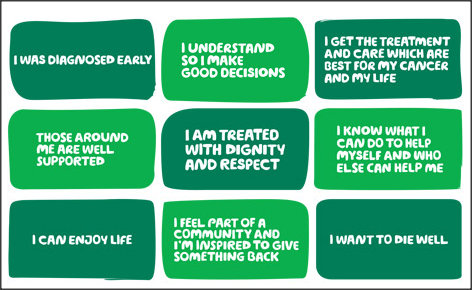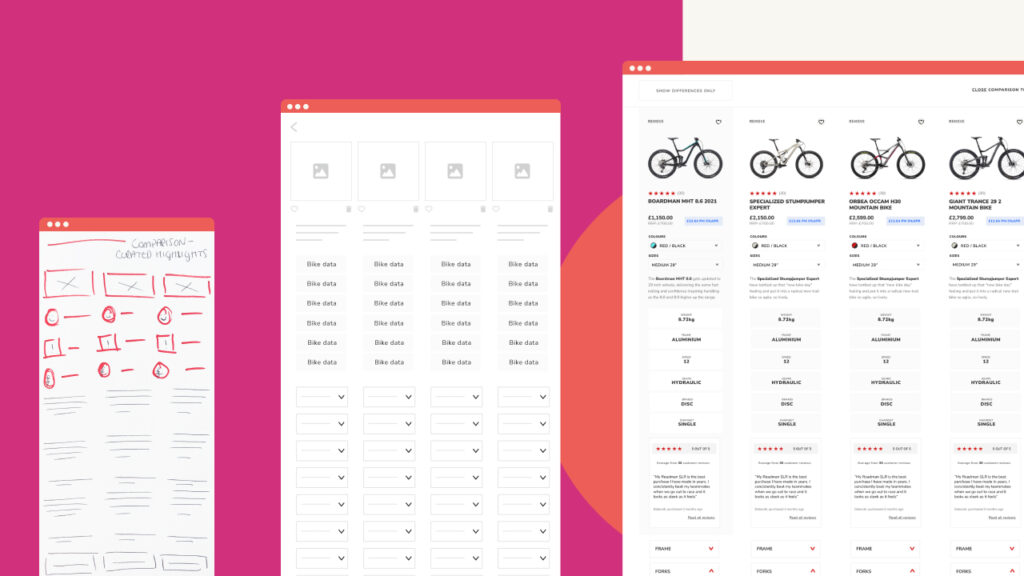At Macmillan, our ambition is to reach and improve the lives of everyone affected by cancer and inspire millions of others to do the same. We measure this against 9 outcomes – the 9 things that people affected by cancer have told us matter most to them. Our aim is for everyone to be able to say these things about their cancer experience.

So we are audience centred by nature – providing services, giving people a voice, delivering great supporter experiences. Our digital platforms mean we can listen, respond and amplify what our audiences are saying. UX is what helps us to translate this into digital design and development. It gives us the tools to keep making sure that we’re doing what people want and to show how that delivers our 9 outcomes.
Our website redesign project kicked off in 2012 with a 3 month research phase – we developed our personas who are still with us (Hi Jane!) and user / business needs. We learned a lot about working more flexibly, using some agile project methodology. But it still took two years until we launched our beta site and our technical development was waterfall – wireframes went in at one end and a solution came out the other. Our new information and support section delivers lots of great things, like tiered articles, stories and cancer type filtering. But it has been a long haul and the digital world doesn’t stand still.
We now use agile for all of our internal development. We’re seeing the benefits with projects like My Macmillan, our online user account, developed by a multi-disciplinary internal team. UX means that we are insight-led, from how we define user need to guerrilla testing functionality changes. The process is much more engaging for stakeholders, giving the opportunity for them to influence the direction of the product. We’ve delivered the basic functionality quickly, which is great news for our audiences, plus we can see how they use it to help us develop the next stage.
So we’re continually learning, testing and iterating in both what we do and how we do it. A key part of that has been bringing UX in-house. This is enabling us to deliver the audience centred Macmillan digital experiences that our users and our stakeholders expect. Digital means we can reach more people than ever before – we need to do that in a way that supports and inspires them.
—
Amanda Neylon is speaking at Interact London on 20th October at the British Museum. Grab your ticket today >>
We drive commercial value for our clients by creating experiences that engage and delight the people they touch.
Email us:
hello@nomensa.com
Call us:
+44 (0) 117 929 7333




